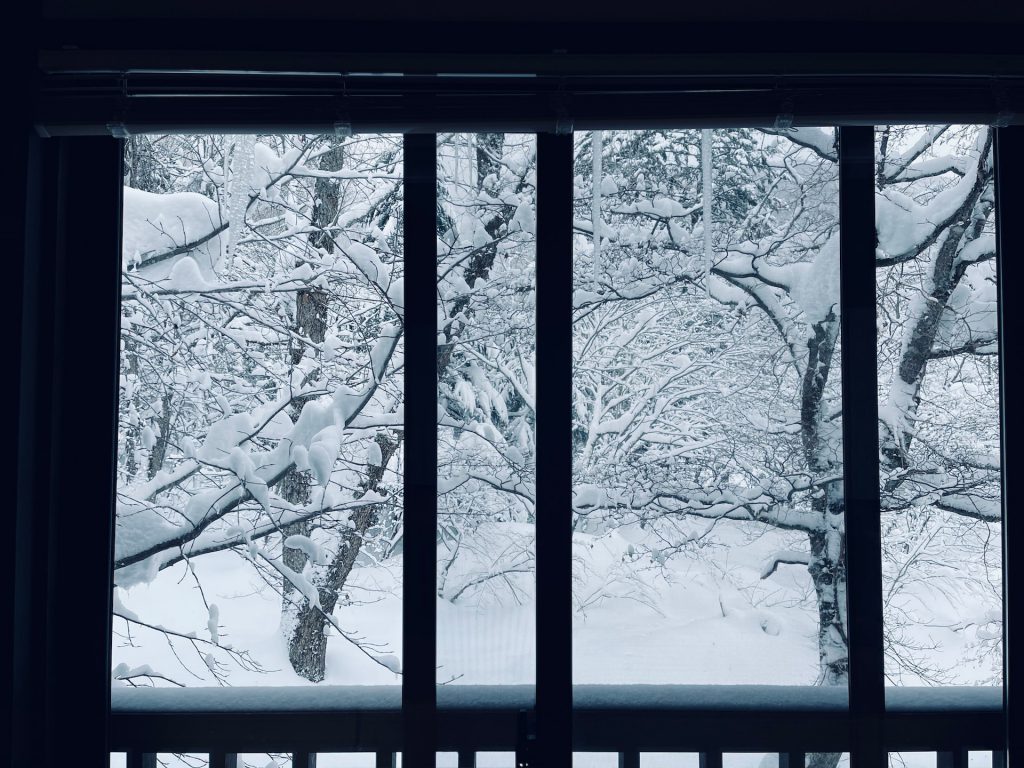In regions where winters are particularly harsh, homeowners often look for innovative solutions to enhance the insulation of their homes. One such solution that has gained attention in recent years is the thermal anti-cold film. But how effective is this solution, and is it worth the investment?

Understanding thermal anti-cold films
Thermal anti-cold films are transparent plastic sheets that are affixed directly onto window panes. Their primary function is to create an insulating layer of air between the window and the interior of the home, thereby reducing heat loss. There are two main types of these films:
Over-glazing films
These are thicker films designed to bolster the mechanical strength of the window pane.
Insulating over-glazing anti-cold films
Specifically designed for thermal insulation, these films focus on minimizing heat loss.
Effectiveness: A mixed bag of reviews
While many users report a noticeable difference after installing these films, it’s essential to understand that they aren’t a magic bullet. Their effectiveness has its limits and cannot replace high-performance insulation methods like double or triple glazing. Thus, they should be viewed as a supplementary solution, beneficial for slightly enhancing existing insulation.
Pros and cons of thermal anti-cold films
Like any product, thermal anti-cold films come with their set of advantages and disadvantages:
Advantages
Easy installation: Most homeowners can install these films without professional help, making the process quick and hassle-free.
Cost-effective: When compared to other insulation solutions, these films are relatively affordable, offering a budget-friendly way to boost insulation.
Subtlety: Once installed, these films are hardly noticeable, ensuring that they don’t interfere with the aesthetics of your windows.
Disadvantages
Limited effectiveness: For homes with significant heat loss, these films might not offer a substantial difference. They are best suited for homes that already have decent insulation and need a slight boost.
Less durable: Compared to other insulation solutions, these films might not last as long, requiring replacements or maintenance.
Incompatibility issues: Not all window types are suitable for these films. In some cases, they might lead to condensation problems, especially if the existing window isn’t compatible with the film.
Conclusion
While thermal anti-cold films offer a promising solution for homeowners looking to enhance their insulation, it’s crucial to have realistic expectations. They serve as a supplementary solution and cannot replace the effectiveness of more robust insulation methods. However, for those on a budget or those looking for a quick fix, these films can certainly make a difference. Before investing, it’s advisable to assess the specific needs of your home and consult with professionals to determine if these films are the right fit for you.

 Open Immovlan
Open Immovlan